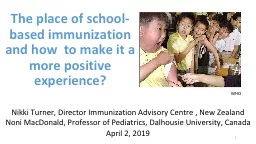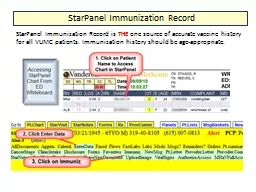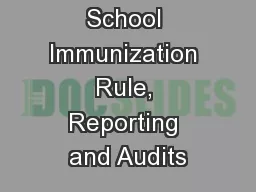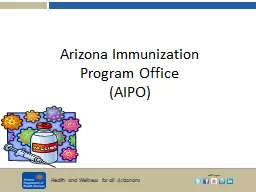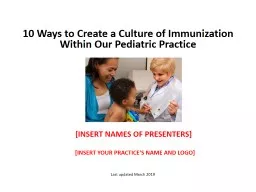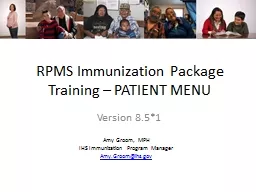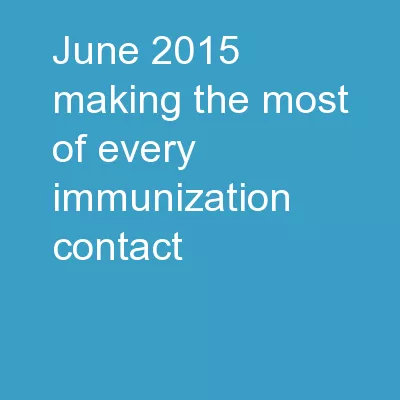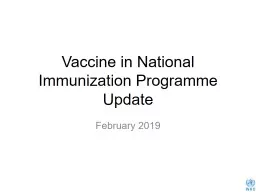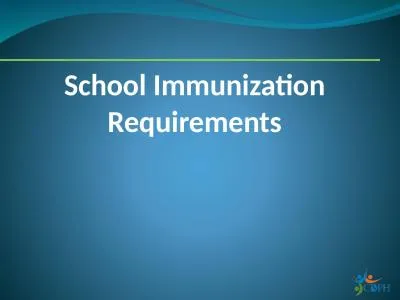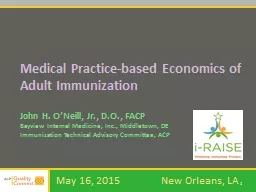PPT-The place of school- based immunization
Author : limebeauty | Published Date : 2020-07-01
and how to make it a more positive experience Nikki Turner Director Immunization Advisory Centre New Zealand Noni MacDonald Professor of Pediatrics Dalhousie University
Presentation Embed Code
Download Presentation
Download Presentation The PPT/PDF document "The place of school- based immunization" is the property of its rightful owner. Permission is granted to download and print the materials on this website for personal, non-commercial use only, and to display it on your personal computer provided you do not modify the materials and that you retain all copyright notices contained in the materials. By downloading content from our website, you accept the terms of this agreement.
The place of school- based immunization: Transcript
Download Rules Of Document
"The place of school- based immunization"The content belongs to its owner. You may download and print it for personal use, without modification, and keep all copyright notices. By downloading, you agree to these terms.
Related Documents

